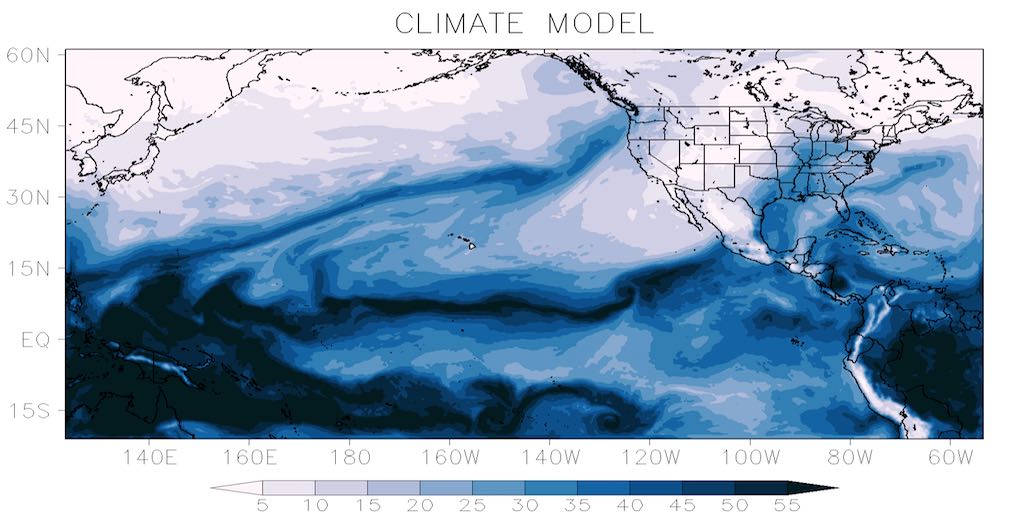California has been experiencing record-setting snowfall, and the reasons behind this phenomenon are multifaceted. Let’s delve into the factors driving heavy snowfall and explore whether it’s normal or abnormal for this time of year:
- Atmospheric Rivers:
- The recent parade of storms hitting California is primarily driven by atmospheric rivers.
- These are long, narrow plumes of moist air that travel from the tropics to higher latitudes.
- When these “rivers in the sky” encounter mountainous regions, they condense into clouds, resulting in heavy rain and snow.
- California has witnessed 31 atmospheric rivers since last November, contributing significantly to the wet weather1.
- Snowpack Records:
- The Sierra Nevada mountain range in eastern California is experiencing its snowiest season since 1952.
- At the Central Sierra Snow Lab in Donner Pass, a staggering 18 meters of snow has fallen this season (nearly double the yearly average).
- Statewide, the snow’s water content (the amount of water if the snow were to melt) is roughly double the average1.
- Drought Relief:
- These heavy snowfalls come as welcome relief after three consecutive years of extreme drought in California.
- The snowpack replenishes water reserves and allows for the rollback of drought designations.
- It’s a crucial development for water resources and ecosystems1.
- Climate Change Context:
- While shorter, warmer winters due to climate change are observed in many areas, blizzards are predicted to become more frequent and intense.
- Warmer air holds more moisture, leading to increased snowfall when temperatures are just below freezing.
- Thus, the current heavy snowfall may be influenced by these changing climate patterns2.
Is this normal or abnormal?
Historically, California experiences snowfall in the northern parts during winter (November to February).
However, the magnitude of snowfall this season, especially in the Sierra Nevada, is exceptional.
While heavy snowfall is not uncommon, the current records indicate a noteworthy event13.
While snowfall is part of California’s winter, the extent and intensity of this season’s snow are remarkable and have significant implications for water supply and ecosystems.
Nature Magazine
In the Texas Panhandle, normal conditions during this time of year typically involve a combination of weather factors. Let’s explore what’s considered typical:
- Temperature:
- Late winter and early spring in the Panhandle are characterized by cool to mild temperatures.
- Daytime highs usually range from the 50s to 70s Fahrenheit (10°C to 25°C).
- Nighttime lows can dip into the 30s and 40s Fahrenheit (0°C to 10°C).
- Precipitation:
- Winter and early spring are relatively dry in this region.
- Precipitation levels are typically lower compared to other seasons.
- Occasional rain showers or light snowfall may occur, but significant rainfall is less common.
- Wind:
- The Texas Panhandle is known for its strong winds.
- Gusty winds are prevalent during this time, especially in open areas.
- Wind speeds can reach 20 to 30 miles per hour (32 to 48 kilometers per hour).
- Vegetation and Grasslands:
- The landscape consists of prairies, grasslands, and scrub vegetation.
- Dry grasses cover the ground, which can become highly flammable under the right conditions.
- Fire Risk:
- Given the dryness, fire risk is a concern.
- Wildfires can spread rapidly due to the combination of dry vegetation and strong winds.
However, the recent Texas wildfires have deviated from these norms due to unseasonably warm and dry conditions. The Smokehouse Creek Fire, now the largest wildfire in Texas history, has scorched over 1,078,000 acres and continues to pose a significant threat.




